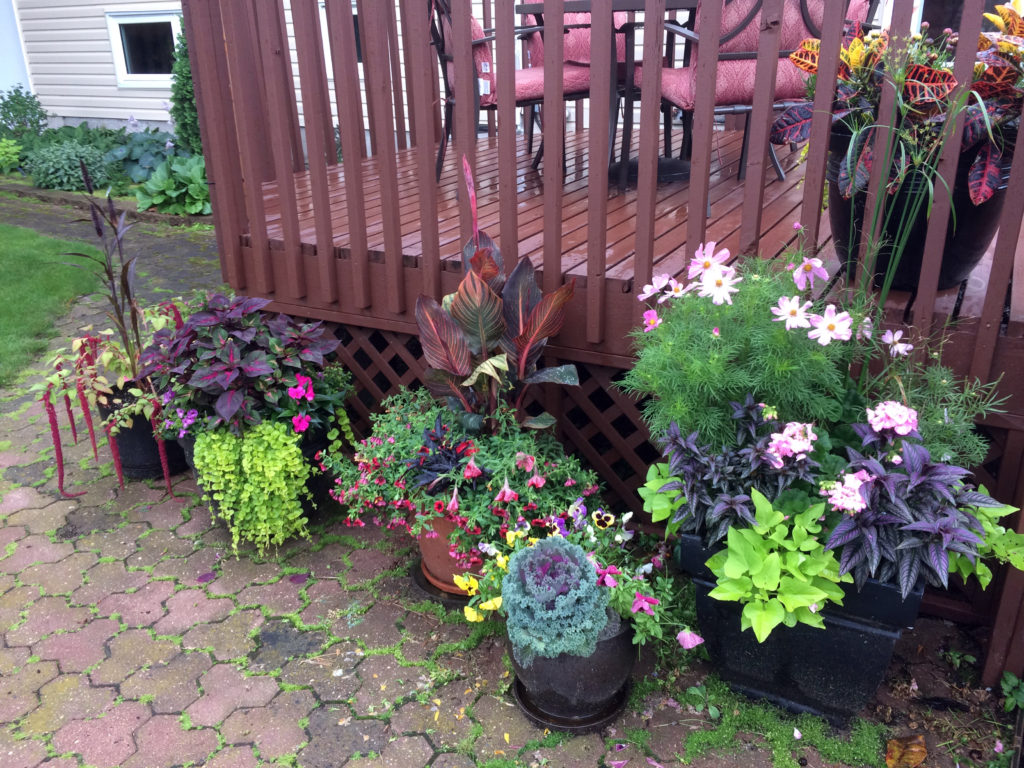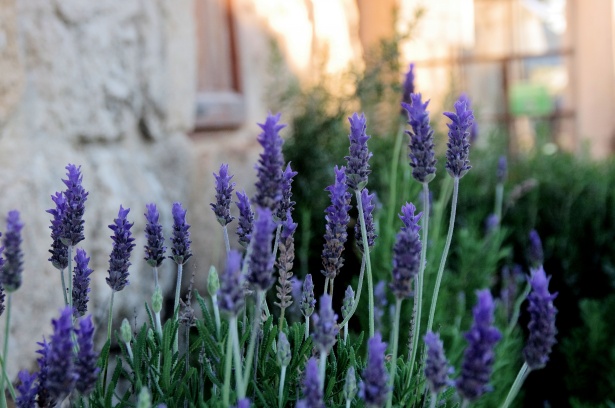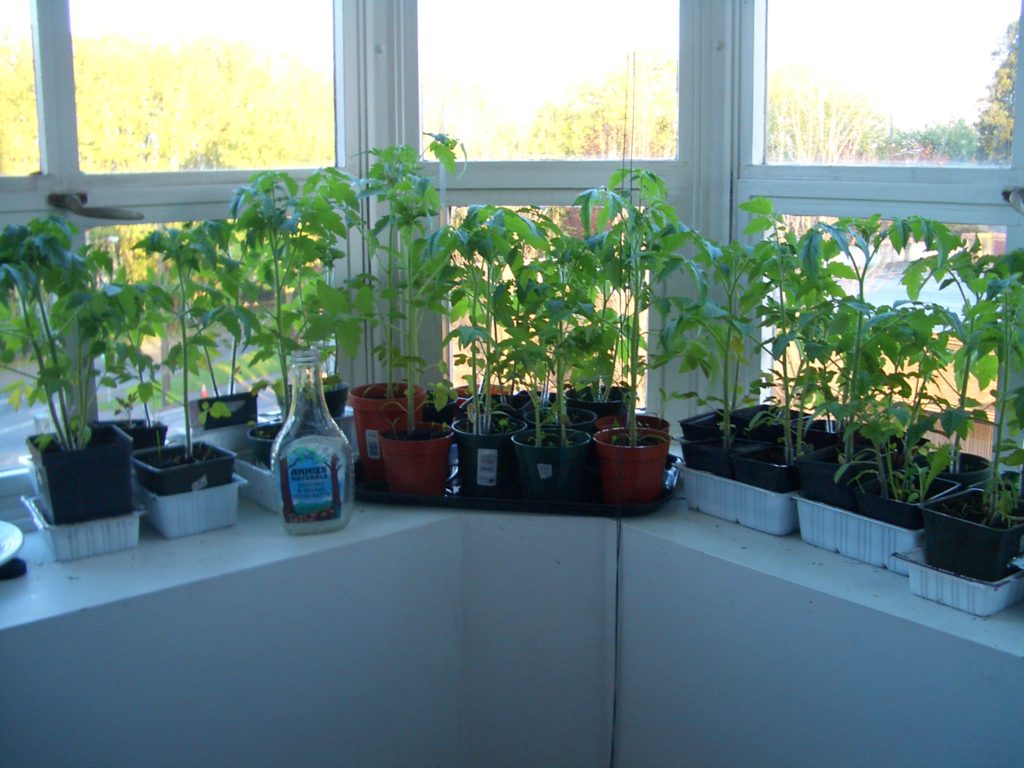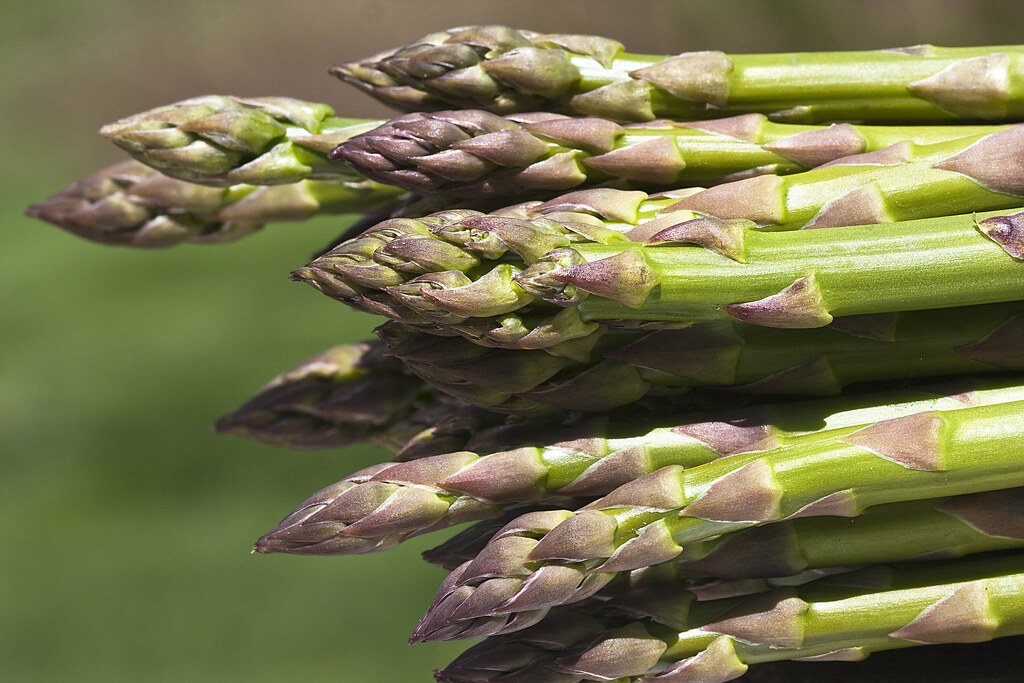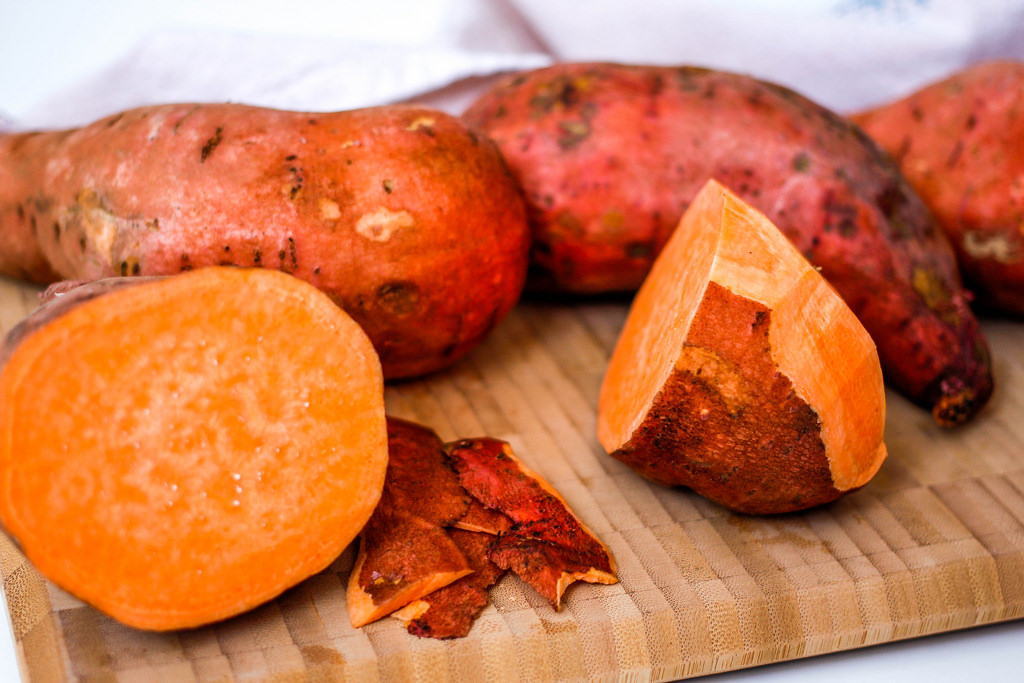Why Choose Container Gardening for Small Spaces?
Container gardening has gained immense popularity in recent years, and for a good reason. It offers several advantages, particularly when dealing with limited space:
Flexibility: Containers can be placed virtually anywhere – on a balcony, patio, deck, window ledge, or even inside your home. This flexibility makes it an ideal choice for small spaces.
Easy Maintenance: Containers are more accessible to tend to than traditional gardens, requiring less bending and reaching. This accessibility makes gardening easier for individuals with mobility issues.
No Yard Required: Container gardening doesn’t require a yard or a dedicated outdoor space. It’s perfect for apartment dwellers, renters, or anyone without access to traditional garden beds.
Design Possibilities: Containers come in various shapes, sizes, and materials, allowing for creative and customizable designs that suit your style and space.
Protection from Pests: Elevated containers can offer some protection from ground-dwelling pests, making it easier to control and prevent infestations.
Getting Started with Container Gardening
Before delving into container gardening ideas, let’s cover the basics to ensure your success in creating a thriving small-space garden:
Choose the Right Containers: Select containers that match your space and design preferences. Consider materials like terracotta, plastic, wood, or fabric. Ensure that containers have proper drainage holes to prevent overwatering.
Select the Right Potting Mix: Use a high-quality potting mix tailored to the types of plants you intend to grow. A well-draining mix with organic matter is usually the best choice.
Consider Your Space and Lighting: Assess the available space and the amount of sunlight it receives. Different plants have different light requirements, so choose varieties that suit your conditions.
Water Wisely: Container plants may need more frequent watering than traditional gardens, as containers can dry out quickly. Monitor soil moisture and water when the top inch of soil feels dry.
Fertilize Appropriately: Use a balanced, slow-release fertilizer or liquid fertilizer as needed to provide essential nutrients to your plants.
Container Gardening Ideas for Small Spaces
Now, let’s explore various container gardening ideas that you can adapt to your small space:
Herb Garden on a Windowsill
- Utilize your windowsill to grow a culinary herb garden. Plant basil, rosemary, thyme, and mint in individual containers.
- These fresh herbs are perfect for enhancing your cooking and adding fragrance to your space.
Vertical Vegetable Garden
- Maximize vertical space with a trellis or wall-mounted garden system.
- Plant climbing vegetables like cucumbers, beans, or cherry tomatoes to save space while enjoying a bountiful harvest.
Hanging Baskets
- Hang colorful flowering plants or trailing vines from hooks or balcony railings.
- Options include petunias, fuchsias, or cascading nasturtiums for a vibrant display.
Tiered Container Garden
- Arrange containers on a tiered plant stand or shelving unit to create an attractive display.
- Combine different plant heights and colors for a visually appealing garden.
Succulent Paradise
- Succulents thrive in containers and require minimal care.
- Create a succulent garden with various textures and colors, perfect for a small tabletop or window display.
Compact Patio Fruit Trees
- Dwarf fruit trees, such as patio peach or lemon, can be grown in containers.
- Enjoy homegrown fruit, even in limited spaces, with proper care and pruning.
Miniature Fairy Garden
- Create a whimsical fairy garden in a shallow container.
- Decorate with miniature figurines, tiny plants, and tiny accessories for a magical atmosphere.
Balcony Salad Bar
- Plant salad greens, cherry tomatoes, and edible flowers in containers.
- Enjoy fresh salads straight from your balcony garden.
Aromatic Lavender Wall
- Plant lavender varieties in tall, narrow containers against a wall or fence.
- Enjoy the soothing scent and attract pollinators to your small garden.
Terrarium Garden
- Build a glass terrarium with small succulents, air plants, and decorative stones.
- These self-contained ecosystems are easy to care for and make stunning indoor displays.
Conclusion
Container gardening is a versatile and accessible way to bring the joys of gardening into even the smallest of spaces. With the right containers, potting mix, and plant selections, you can transform your balcony, patio, or windowsill into a lush, green oasis. Whether you’re a seasoned gardener or a novice, these container gardening ideas for small spaces provide an opportunity to cultivate your own slice of nature, no matter where you call home. Get started today and experience the beauty and serenity of container gardening in your compact space.
